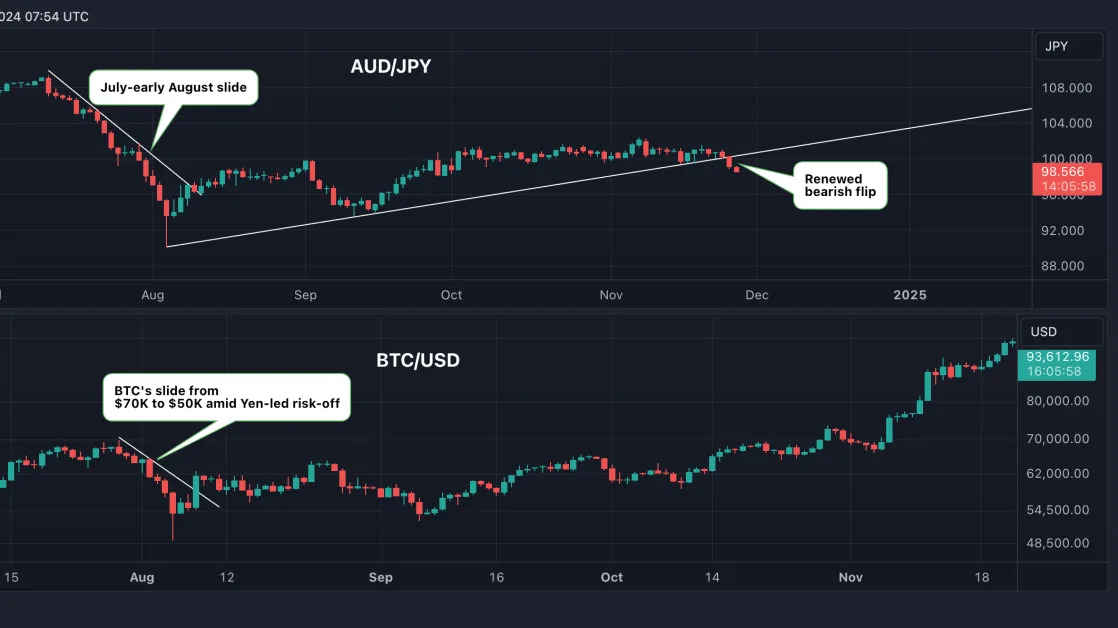Employer healthcare costs could increase as much as 8% to 9% next year, in part driven by increases in GLP-1 use, according to two new reports.
An August report from Aon, a large insurance broker, predicts a 9% increase in health insurance costs compared to a rise of 6.4% in 2023 and 2024. This means workers could end up paying up to 20% of their premiums, which translates to an average premium of $3,040 per person or about $117 per paycheck.
How much are GLP-1s to blame? Aon found GLP-1 use cost employer health plans $6.25 per member per month in 2023, a 224% increase compared to 2022. The data on spending for 2024 is not yet available, but a study shows GLP-1 utilization for diabetes increased 15.6% in 2024 compared to the year before and has spiked 78% for weight loss.
The Business Group on Health (BGH), meanwhile, predicts an increase of 8% in employer healthcare costs, according to survey results released this week.
But the group also noted that costs have grown a cumulative 50% since 2017. Spending on drugs and treatments is driving up costs — from 21% of spending in 2021 to 27% of spending in 2023. That includes GLP-1s, but the exact amount they contribute to the increased spending was not available in the survey results.
Is health insurance tax deductible? Here’s what you can claim.
BGH said in a statement that the expected jump is due to "inflation, heightened demand for expensive drugs such as GLP-1s, potentially curative but high-cost cell and gene therapies, and the ongoing burden of treating cancer and other chronic conditions."
Another key condition driving up costs, aside from cancer, are heart treatments and cardiovascular care, according to the report.

GLP-1 costs
BGH compiled its report after surveying 125 large employers, which cover healthcare costs for a total of 17 million people in the US. Currently, 96% of employers cover GLP-1s for diabetes, and 67% cover those approved for obesity, according to BGH, which did not provide company names.
"Some 79% of employers said they saw a heightened interest in obesity medications, including GLP-1s, among their covered members. It is therefore no surprise that 96% of employers expressed concern about the long-term cost implications of GLP-1s," BGH said.
The one silver lining, according to Aon, is Eli Lilly ( LLY ), which priced its weight-loss drug Zepbound at $1,060, slightly lower than Novo Nordisk's ( NVO ) Wegovy, priced at $1,349. This sets the market up for more competition in the future.
“Increased competition should drive prices down," said Tracy Spencer, Aon’s national pharmacy practice leader, adding that it will be some time before that happens.
"Unfortunately, GLP-1 manufacturing supply issues and drug shortages are limiting the impact of price compression that should normally occur when competition increases, and supply is stable," she said.
Anjalee Khemlani is the senior health reporter at Yahoo Finance, covering all things pharma, insurance, care services, digital health, PBMs, and health policy and politics. Follow Anjalee on all social media platforms @AnjKhem .





